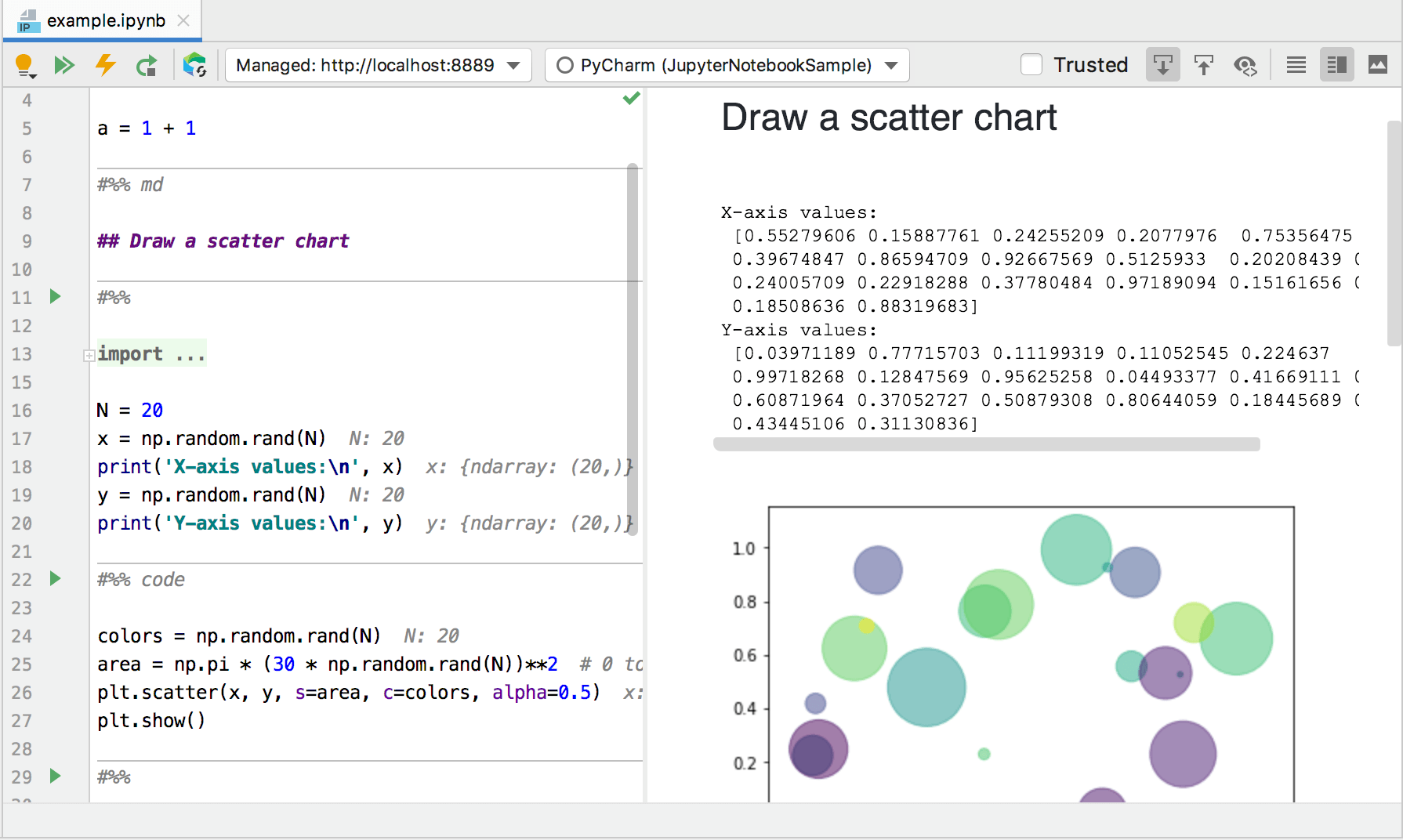

īoth binaries and source code are available for SageMath from the download page. 2012: one of the projects selected for the Google Summer of Code.

2007: first prize in the scientific software division of Les Trophées du Libre, an international competition for free software.The same year, Stein described his disappointment with a lack of academic funding and credentials for software development, citing it as the reason for his decision to leave his tenured academic position to work full-time on the project in a newly founded company, SageMath, Inc. However, it was not until 2016 that the first full-time Sage developer was hired (funded by an EU grant). The development of SageMath is supported by both volunteer work and grants. SageMath uses both students and professionals for development. However, Sage contains hundreds of thousands of unique lines of code adding new functions and creating the interfaces among its components. Rather than reinventing the wheel, Sage (which is written mostly in Python and Cython) integrates many specialized CAS software packages into a common interface, for which a user needs to know only Python. Stein realized when designing Sage that there were many open-source mathematics software packages already written in different languages, namely C, C++, Common Lisp, Fortran and Python.


 0 kommentar(er)
0 kommentar(er)
